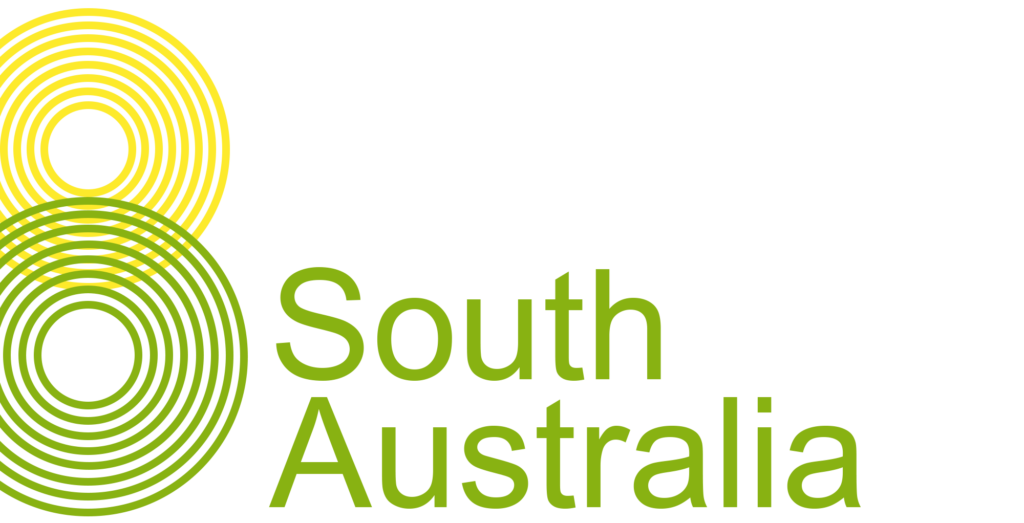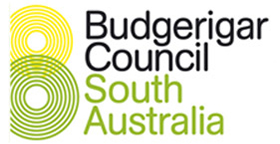
Spangle AOSV Budgerigar
When considering the Spangle AOSV Budgerigar class, we need to look back at the roots of the Spangle mutation. In 1971, Mr Sergio Casagrande of Reservoir, Victoria first observed the variety now known as Spangle Budgerigars in his aviary. The Budgerigar Council of Australasia (B.C.A) Secretary, Mr. Harry Eady, observed these birds in 1972. Mr. Merv Jones of Traralgon, Victoria is credited with the establishment of the mutation. To that end, Mr. Jones first bred them in 1974 from a single bird he purchased from his neighbour, Albert Richie. Within two years, Mr. Jones had bred sixty similar birds, and some clear yellow or white birds had also appeared, which people called the Spangle Double Factor. He sought advice from the leading Victorian breeder, Mr. Frank Gardner, believing he had something different.
In 1976, someone took six of the unusual-looking birds to the Gardner Shield Show for Mr. Gardner to see. Mr. Gardner confirmed that they were indeed a new mutation. Initially, fanciers had used the term “spangley” to describe the birds. Mr. Gardner adopted the name Spangle for the new variety, as they resembled the spangle markings in poultry. We can attribute the recognition that the clear yellow and white birds are the same mutation to Mr. Geoff Gardiner. We should not confuse Geoff, who was a young enthusiast at the time, with Frank. Geoff has gone on to become a leading fancier and Senior Judge in Victoria.

Image Courtesy of Rod Turnbull and the ANBC
Breeders have produced Spangle Double Factors in various forms, including some with almost pure self-coloring, some with a collar of body color, and some resembling pale-colored Clearwings.
Forms of the Spangle AOSV Budgerigar
To avoid deterioration of the Spangle wing markings when compared to the Normal Spangle, the ANBC developed the Spangle AOSV Budgerigar Class. This is the Spangle mutation combined with Opaline, Cinnamon, or other varieties.
